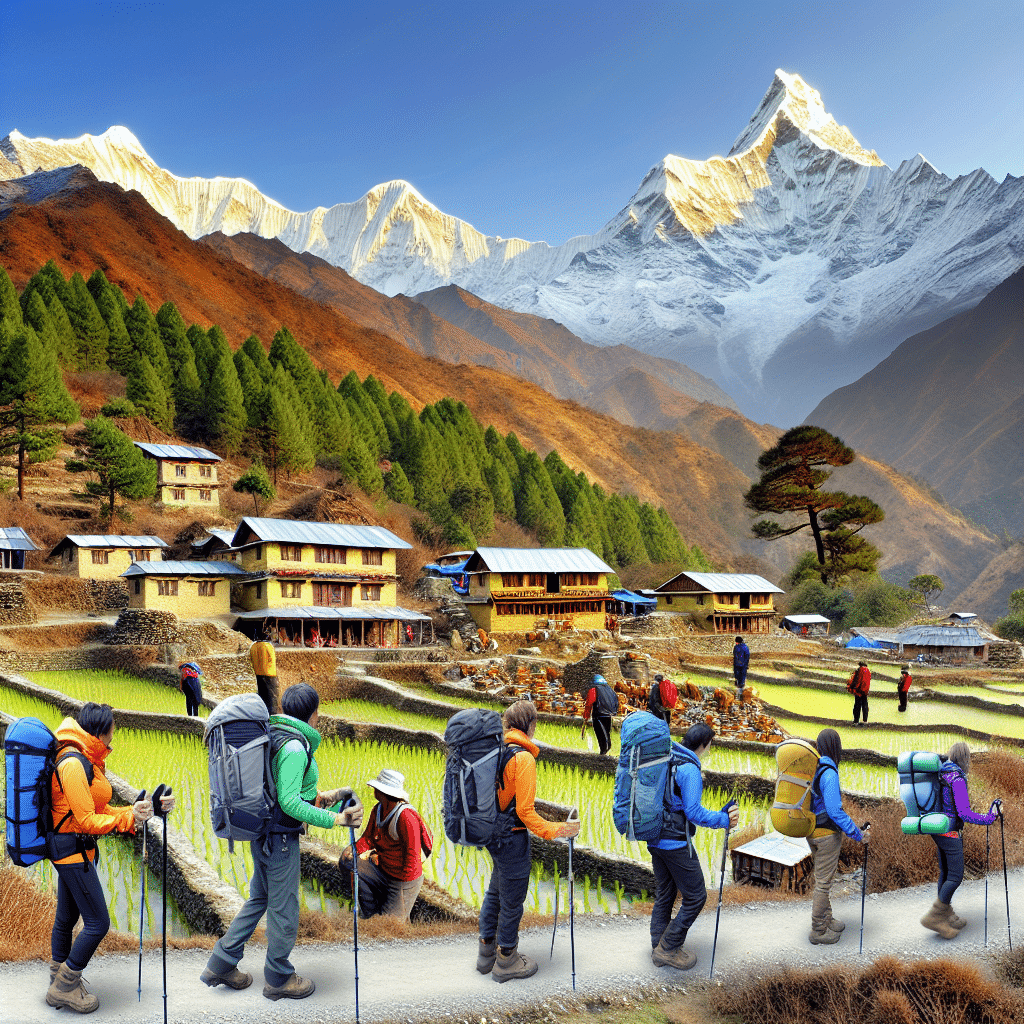Embarking on a backpacking adventure means embracing the great outdoors, traversing rugged terrains, and experiencing the beauty of nature up close. However, one crucial aspect often overlooked is planning your meals. Proper nutrition is vital to maintaining energy levels and ensuring a successful trip. This article delves into backpacking food ideas to keep you nourished and satisfied on your journeys.

Why Is Choosing the Right Backpacking Food Important?
When you’re out in the wilderness, your body undergoes significant physical exertion, which demands more calories than usual. The right backpacking food should be lightweight, calorie-dense, nutritious, and easy to prepare. But why exactly is it so critical to pick the right food?
Energy and Performance
The primary reason is energy. Backpackers typically burn between 2,500 to 4,500 calories a day. Foods high in carbohydrates, proteins, and fats provide the necessary fuel to keep you moving and your spirits high.
Weight and Space
Unlike car camping, where you have the luxury of space, backpacking requires you to carry all your essentials on your back. Therefore, your food choices need to be lightweight and compact.
Convenience and Preparation
When you’re miles away from the nearest store, convenience becomes paramount. Opting for foods that are easy to prepare with minimal equipment is essential for a seamless trip.
Backpacking Food Ideas: What Should You Pack?
Let’s delve deeper into some backpacking food ideas to keep you nourished and ready for adventure.
Breakfast Options
1. **Instant Oatmeal**: Lightweight and easy to prepare, instant oatmeal is a popular choice. It’s rich in carbohydrates and can be enhanced with nuts, dried fruits, or even a scoop of protein powder.
2. **Granola and Yogurt**: Pack some dehydrated yogurt and mix it with granola and dried fruits. This offers a delightful, energy-boosting start to your day.
Snacks and Quick Bites
1. **Trail Mix**: A classic choice, trail mix is a delightful blend of nuts, seeds, dried fruits, and sometimes even chocolate. It’s calorie-dense and provides a quick energy boost.
2. **Jerky**: High in protein and extremely portable, jerky is perfect for sustaining energy levels between meals.
3. **Energy Bars**: These are specially designed for quick nutrition. Choose bars that are high in protein and fiber for long-lasting energy.
Lunch and Midday Meals
1. **Tortillas with Peanut Butter**: Tortillas are more durable than bread and pair well with peanut butter or other nut butters for a high-calorie, satisfying meal.
2. **Canned Tuna or Chicken**: These protein-packed options can be easily mixed with crackers or added to a wrap for a nutritious meal.
Dinner Delights
1. **Instant Noodles or Pasta**: Lightweight and quick to cook, instant noodles or pasta can be a comforting end to a long day. Add in some dehydrated vegetables or a packet of tuna for extra nutrition.
2. **Dehydrated Meals**: Many brands offer dehydrated meal packs that only require the addition of hot water. These are convenient and often nutritionally balanced.
Sweet Treats
1. **Dried Fruits**: These are not only nutritious but also satisfy your sweet tooth without the bulk of fresh fruit.
2. **Chocolate Bars**: While they should be consumed in moderation, chocolate bars can provide a quick energy boost and make for a delightful treat.
How to Store and Pack Your Backpacking Food
Proper storage and packing of your backpacking food are as crucial as the selection.
Use Sealable Bags
Repackaging foods into sealable bags not only saves space but keeps your food fresher for longer. They are also lighter than original packaging.
Organize by Meal
Keeping your food organized by meal can make it more accessible and save time when you’re ready to eat. Consider using color-coded bags or labels for easy identification.
Consider Wildlife
Ensure that your food is stored securely to avoid attracting wildlife. Hanging food bags or using bear canisters are effective methods to keep your food safe.
Conclusion
Planning your backpacking food carefully can make a significant difference in the quality of your trip. With these backpacking food ideas, you can ensure that your meals are nutritious, easy to prepare, and lightweight. Remember to balance your food choices between carbohydrates, proteins, and fats to maintain energy levels and enjoy every moment of your adventure.
Happy trails and bon appétit!



